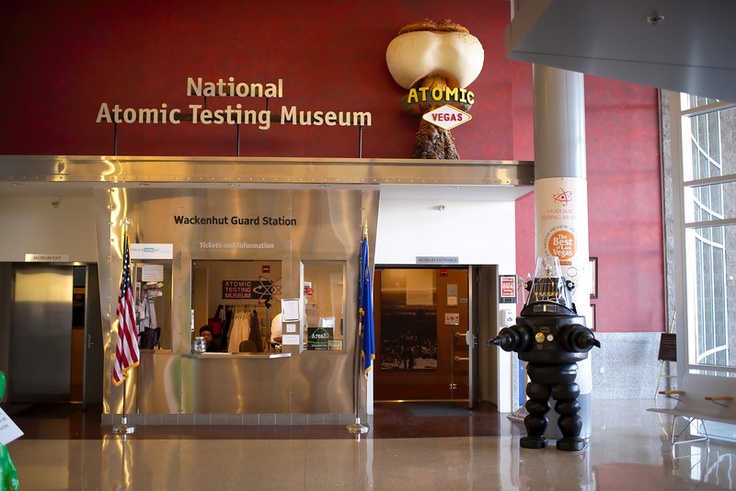Taxpayers' pay: This failure to legally perform has resulted in a current U.S. taxpayer liability of more than $40 billion for extra storage costs to keep SNF safe while it is stranded at shut-down and operating reactors from Maine to California, and from Florida to Wisconsin. Even worse, this liability continues to grow by nearly $2 million for every day of federal government inaction. Although the ever-increasing amount of SNF is currently being safely stored in nearly 4,000 huge shielded cannisters across the country, it is a financial catastrophe and long-term environmental burden that our federal government never should have let happen.
Yucca Mountain: Although the DOE is now engaged in positive efforts to find other consent-based sites for short-term storage, the agency is not extending such effort for necessary permanent disposal; in fact, it will not even try to engage Nevada to find a fair resolution regarding bipartisan permanent disposal plans enacted by Congress decades ago. The DOE experienced delays evaluating the proposed Yucca Mountain Site during my time there; but after decades of strong scientific work (which cost more than $10 billion), the Yucca Mountain was nationally and internationally found to meet all protective environmental and safety regulatory standards for one million years. It was lawfully designated to be the national repository via special votes in the U.S. Senate and House and signed into law by President George W. Bush more than 20 years ago. Regrettably, practically nothing has happened since, primarily due to partisan politics, fights over Nevada senatorial seats, and presidential primaries.
A permanent solution: With support for clean and reliable nuclear energy now strong in both parties, there is an opportunity for the federal government to offer a permanent solution that will build on decades of excellence and innovative technologies across the industry. With leadership, amendments consistent with the 2012 Blue Ribbon Commission on America’s Nuclear Future recommendations, such as creating an independent nuclear waste management entity outside of the DOE that is empowered with sustainable funding, can now be achieved.
Our country needs safe, clean, secure, and affordable energy, for which nuclear energy plays a vital role. Solving the current nuclear waste disposal impasse is part of achieving this. We can’t pass this problem on to our grandchildren and great grandchildren. The moment is here for us to come together and act as we move toward a clean and resilient energy future.
Lake Barrett is a nuclear engineer and a retired federal official.
Nuclear Newswire is a blog owned and edited by the American Nuclear Society. Information contained on Nuclear Newswire has been provided by numerous sources. Therefore, the American Nuclear Society assumes no responsibility or liability for the accuracy of information contained herein. DISCLAIMER: The views expressed in posted articles do not necessarily reflect the views of the American Nuclear Society. The views expressed here are those of the individual authors. ANS takes no ownership of their views. The American Nuclear Society assumes no responsibility or liability for any use or operation of any methods, products, instructions, or ideas contained on this site.






